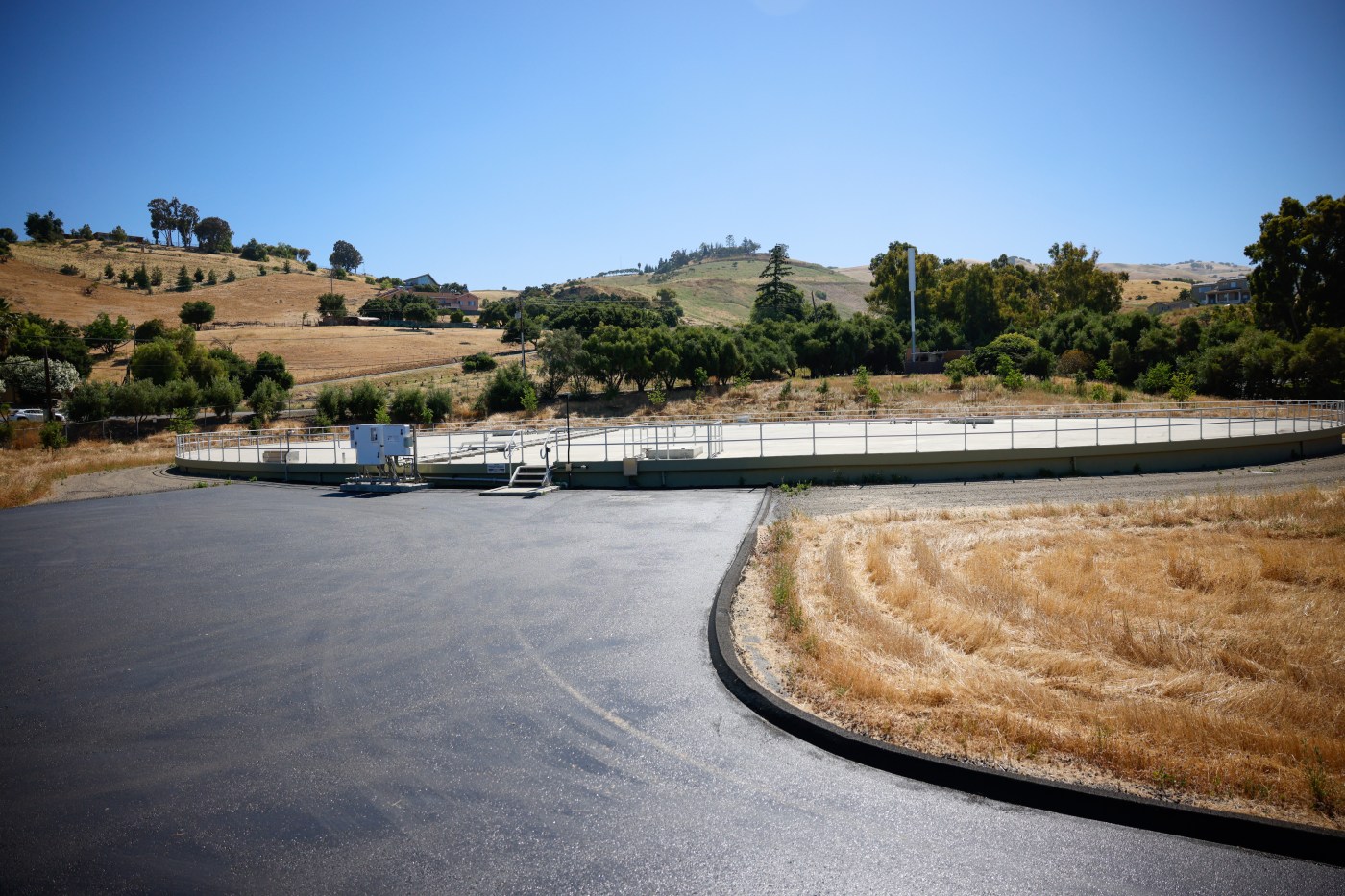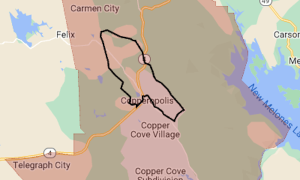After a planned hearing on the proposal was cancelled this week, San Jose Water is now waiting for the California Public Utilities Commission to decide if the company can increase its rates 11% for customers in the South Bay.
While company officials say the extra money is needed to cope with a myriad of rising costs, critics of the increase say San Jose Water is wildly exaggerating the costs it will incur. The 11.11% rate increase will be effective on Jan. 1, 2025, if the application is approved by the commission.
The company says the rate increase could generate $55 million in revenue, which will be used to better protect San Jose Water’s facilities from cyberattacks, wildfires and earthquakes; help the company decrease its carbon footprint; and fund 30 new jobs.
Liann Walborsky, the director of corporate communications for San Jose Water, said San Jose Water also needs the money to treat the water for PFAs, which can be a very expensive process in order to meet Environmental Protection Agency regulations.
“We have stricter and stricter regulations for these chemicals that were dumped into the water by manufacturers, [and] now water companies have to clean it up,” she said.
Walborsky said the company will also use the money to replace 24 miles of pipes because some of the pipes are over 100 years old.
But Richard Rauschmeier, the program manager for the Public Advocates Office at the commission, said San Jose Water only needs to increase its rate to 3.75% to adjust for inflation.
Rauschmeier said San Jose Water could still provide safe and reliable services to customers if the utility’s proposed budget is reduced by two-thirds.
“I think beyond the profit motive of capital investments, there’s often just a wish list, and some things are nice to have,” he said of the company’s planned increase. “We call it colloquially ‘gold plating.’”
For instance, Rauschmeier said, San Jose Water is proposing to use money from the rate increase to help the company replace all of its vehicles with electric vehicles.
He said this part of the proposed application does align with California’s climate science goals, but questions if San Jose Water should replace its gas vehicles with electric vehicles all at once.
“Is that the best way to achieve (the state’s climate science goals)? To do it all in one fell swoop?” Rauschmeier said.
He recommends San Jose Water replace its gas vehicles gradually as each vehicle retires.
Walborsky said water utilities have a high fixed cost regardless of how much water they are able to sell.
A water filtration system at the San Jose Water Company Columbine site in San Jose, Calif., on Friday, June 14, 2024. (Shae Hammond/Bay Area News Group). The Chemlocker filtration systems treats the water contained inside the water tank.
“We still have to fix leaks. We still have to repair our distribution system and invest in infrastructure and respond to our customers,” she said.
San Jose Water’s application was to be reviewed at a hearing by the CPUC starting Tuesday in San Francisco, and continuing through the rest of the week. But the agency cancelled the hearing, indicating it had no further questions about the proposal.
It had held two hearings last week to allow members of the public to share their support for or concerns about possible rate increases.
The CPUC judge considering the matter, Brian Long, is expected to rule on the increase on Friday, Nov. 8.
David Bini, a San Jose Water customer and the executive director at San Clara and San Benito Counties Building and Construction Trades Council, said the rate increases are reasonable because San Jose Water needs the money to upgrade its infrastructure.
Bini said the company also produces jobs for the community and has a variety of assistance programs.
“It’s easy to just turn on the spigot and say, ‘Look at that. I can go to a river and see the same thing,’ but there’s a lot of work to bring that to our homes, to our businesses,” he said.
But Karen Oie, a resident of Willow Glen who attended the afternoon hearing last Thursday, said she is questioning the cost of the service because there are a lot of seniors in the community.
“Our Social Security does not go up at the rate that everything else is going up. It’s not just the water, it’s the electricity, it’s the gas, it’s the food, it’s everything,” Oie said.
She said she doesn’t understand why San Jose Water keeps increasing rates for the same or less service. Facility maintenance, she said, is just the cost of doing business.
“Sounds like they make plenty of money to survive more than probably any of us,” Oie said. “Yet they want us to absorb more and more of the cost.”












